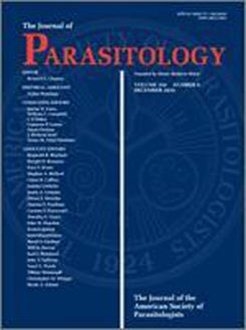Three species of adult hard tick (Ixodidae) were examined with scanning electron microscopy-energy dispersive X-ray spectroscopy to obtain elemental profiles of their exoskeletons and determine the presence of trace elements. The scutum, tarsal claws, chelicerae, and hypostome were examined on females and males of Amblyomma americanum, Dermacentor variabilis, and Ixodes scapularis. The only trace elements present included chlorine, calcium, and sodium. Chlorine was the most abundant trace element and occurred in all examined regions. The chelicerae generally possessed the highest weight percentages of Cl (up to 11.32 ± 1.36%) across all 3 species, although high weight percentages of Cl (up to 8.78 ± 2.77%) were also present in the hypostome teeth of most specimens. All 3 trace elements were present in the hypostome of A. americanum and I. scapularis, but Ca and Na appear to be absent from the teeth of D. variabilis. In general, there were few differences in the elemental profiles of the exoskeletons between the sexes of any species. This study confirms the presence of alkali metals (Na) and alkaline earth metals (Ca) in adult ticks, which are also common in other arachnids; however, the absence of transition metals such as zinc from the exoskeletons of ticks is uncommon and only shared with species of Ricinulei and Opiliones.
How to translate text using browser tools
2 December 2020
Elemental Enrichment of the Exoskeleton in Three Species of Tick (Arachnida: Ixodidae)
Jessica Cote,
Earl Ada,
Rick Hochberg
ACCESS THE FULL ARTICLE

Journal of Parasitology
Vol. 106 • No. 6
December 2020
Vol. 106 • No. 6
December 2020
Amblyomma americanum
cuticle
Dermacentor variabilis
electron microscopy
exoskeleton
Ixodes scapularis




